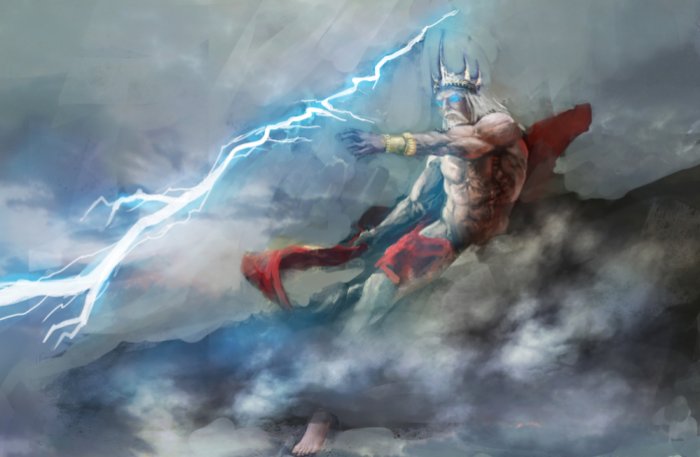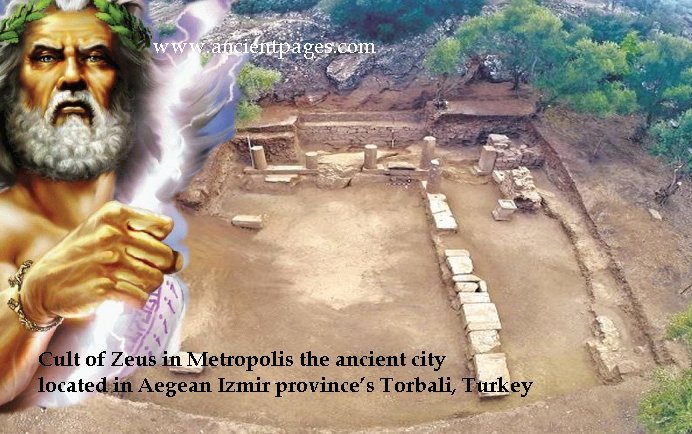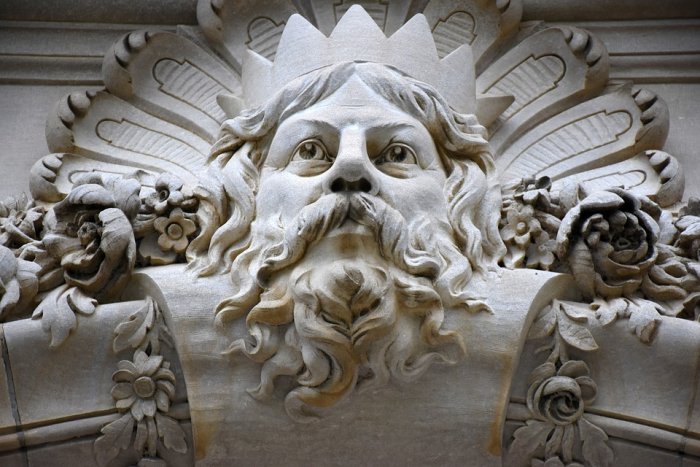Zeus – ‘Cloud Collector’, God Of Order, Law And Justice – Most Powerful God Of Olympian Pantheon
A. Sutherland - AncientPages.com - In Greek mythology, Zeus is the God of heaven and the father of Mount Olympus gods; his Roman mythology counterpart is Jupiter.
Zeus’ Powerful Name
The name “Zeus” originates from the Indo-European deiwo-s and binds the sky, brightness, and light. Zeus was also called the brilliant ("Lykaios") and ruled over the sky; everything was included.
God Zeus. Image: Stock photo
Zeus had many other nicknames such as Ksenios (patron of hospitality (xenia) and guests), Katachtonios (Underground), Basileus (or King), Soter (or Savior), Ktesjos, which binds him with prosperity, and many more.
Birth Of Zeus And His Foster Mother, Amalthea
Zeus came into the world from Cronus and Rhea's relationship. He was the youngest of six children. Cronus swallowed his siblings as soon as they were born since he was told about the prophecy that he was destined to be abandoned by his son as he had previously overthrown Uranus, his father.
This prophecy was dangerous, and Rhea wanted very much to avert it. When Zeus was about to be born, Rhea sought Gaia to prepare a plan to save her child so that Cronus would get his retribution for his acts against Uranus and his children. Finally, Rhea gave birth to Zeus in Crete, while Cronus received only a rock wrapped in swaddling clothes, which he promptly swallowed.
Depending on the version of his story, Zeus was raised by a nymph named Amalthea (sometimes presented as a goat) in a cave called Dictaeon Antron (Psychro Cave). Since Cronus ruled over the Earth, the heavens, and the sea, Amalthea (foster mother) hid the little boy by dangling him on a rope from a tree so he was suspended between earth, sea, and sky. It made him invisible to his father.
The Ideon Cave (or Cave of Zeus) is located on Mt Ida, the highest mountain in Crete. It flourished in antiquity (4000 BC to the 1st century AD). The Ideon Cave was famous for being the place where Zeus, the Father of the Gods, was born and grew up. Image credit: Tomisti - CC BY-SA 4.0
Additionally, she organized a company of soldiers, the Kuretes (or Kouretes), who were ordered to shout, dance, and clash their spears against their shields near the cave so that Cronus would not hear Zeus’ cry.
Zeus’ Wives And Infamous Erotic Escapades
Zeus had three wives: Metis ('skill' (or 'cunning intelligence'), who was also his cousin; she helped him to defeat his father Cronus; next, Zeus married Themis ('right'), the goddess of fixed order and divine right and through this marriage, he could stabilize his position overall gods and men alike. Here was his third wife, and his children with her were Ares, Hebe, Hephaestus, Eileithyia, Angelos, and Eris.
Zeus was notorious for his erotic escapades and is known to have many children apart from those Hera bore for him.
The most famous places in the Zeus cult are Ideon on Mt Ida, Dodona, and Delphi, which are considered the center of the world, as represented by the stone monument known as the Omphalos of Delphi and Crete.
In Arcadia, there was a cult of Zeus Likejos (or ‘Wolf’), and people were sacrificed to him. Those who participated in this sacrifice would eat human flesh.
Zeus contributed with many divine, semi-divine, and mortal offspring.
According to legends, the participants of this cult turned into wolves for eight years. In the ninth year, they regained human form. However, there was one condition. Throughout this time, when they were in a bold form, they could not taste human meat. Otherwise, they would remain changed forever.
Appearance And Attributes Of Zeus
Zeus was usually presented as an older man with a long beard. Zeus's attributes include being a bull, an eagle, an oak tree, and a formidable thunderbolt created for him by the Cyclopes when he released them from Tartarus.
Sculpture of Zeus. Image credit: Public Domain
Most frequent bronze figurines depict Zeus seated in majesty or standing, striding forward with a thunderbolt leveled in his raised right hand. These artifacts widely emerged at Olympia and many other places in Greece during the archaic and early classical periods.
Zeus could appear in a different form, such as a golden, life-giving rain falling on Danae, in the form of a bull when he abducted Europe (Europa). In Delphi, he was worshiped in the form of a stone. The oak was the image of the god in Dodona.
Zeus – Representative Deity With Many Roles
Zeus dominated, presiding over the Greek Olympian pantheon, representing the Greeks’ religious beliefs. He fathered many of the greatest Greek heroes and was featured in many of the Greeks’ local cults. He was the master of the clear sky, thunders, clouds, and rain, which he brought with his power to the earth.
At the command of Zeus, for stealing the fire and giving it to the people, Prometheus was chained to the rock, and the eagle arriving every day fed his liver, which then grew back. Divine secrets were to be betrayed, according to one version, by Orpheus, and for this reason, Zeus smashed the singer with a thunderbolt, one of the divine weapons of the gods.
As a guardian of peace, Zeus was the mediator in disputes between the gods. As Astrapios ("Lightning"), Zeus was a weather god – a “cloud colletor” who could wrap everything in black clouds, pouring rain and causing storms, giving terrible consequences.
He was also the master of victories, the guardian of cities and strangers, whom the Zeus law required to receive as guests and families. According to an ancient myth that is very popular among the inhabitants of Crete, there is the tomb of Zeus, which is indicated in several locations. In the Cretan cave, God is to die and regenerate every year.
Written by – A. Sutherland - AncientPages.com Senior Staff Writer
Updated on August 23, 2024
Copyright © AncientPages.com All rights reserved. This material may not be published, broadcast, rewritten or redistributed in whole or part without the express written permission of AncientPages.com
Expand for referencesBrügger C. Homer’s Iliad, Band 16
Bremmer J. N., Erskine A., The Gods of Ancient Greece
Howe, Thalia Phillies. “Zeus Herkeios: Thematic Unity in the Hekatompedon Sculptures.” American Journal of Archaeology 59, no. 4 (1955): 287–301.
Graves, R; The Greek Myths
More From Ancient Pages
-
 Cacao Originated 1,500 Years Earlier Than Previously Thought And Comes From South America
Archaeology | Oct 30, 2018
Cacao Originated 1,500 Years Earlier Than Previously Thought And Comes From South America
Archaeology | Oct 30, 2018 -
 Yakhchals: Ingenious Ancient ‘Refrigerators’ Could Store Ice In The Hot Desert
Ancient Technology | Sep 15, 2018
Yakhchals: Ingenious Ancient ‘Refrigerators’ Could Store Ice In The Hot Desert
Ancient Technology | Sep 15, 2018 -
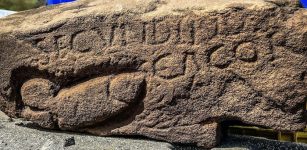 Ancient Graffiti Unearthed At Roman Vindolanda Reveals What One Roman Thought Of Another
Archaeology | May 27, 2022
Ancient Graffiti Unearthed At Roman Vindolanda Reveals What One Roman Thought Of Another
Archaeology | May 27, 2022 -
 Ancient Health Center Discovered In Philadelphia, Central Anatolia, Turkey
Archaeology | Apr 22, 2016
Ancient Health Center Discovered In Philadelphia, Central Anatolia, Turkey
Archaeology | Apr 22, 2016 -
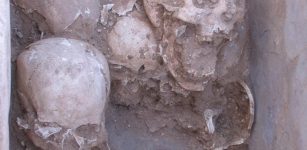 Unusual Burial Ceremony: Bones Of The Dead Were Sorted And Categorized Before Burial
Archaeology | Jan 24, 2016
Unusual Burial Ceremony: Bones Of The Dead Were Sorted And Categorized Before Burial
Archaeology | Jan 24, 2016 -
 USC Archeologist Discovers Maya Royal Burial Site
Archaeology | Jan 9, 2016
USC Archeologist Discovers Maya Royal Burial Site
Archaeology | Jan 9, 2016 -
 Ancient Irish Games Hurling And Curling Were Forbidden In 1366 By The Englishmen
Ancient History Facts | Jul 23, 2016
Ancient Irish Games Hurling And Curling Were Forbidden In 1366 By The Englishmen
Ancient History Facts | Jul 23, 2016 -
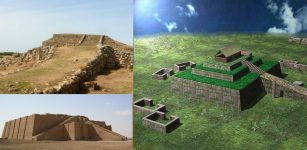 Monte d’Accoddi – Mesopotamian Ziggurat In Europe Built By King Of Uruk?
Featured Stories | Feb 5, 2018
Monte d’Accoddi – Mesopotamian Ziggurat In Europe Built By King Of Uruk?
Featured Stories | Feb 5, 2018 -
 Legend Of Ancient Princess Thone Pan Hla Who Is Believed To Haunt Pyay In Myanmar
Featured Stories | Aug 2, 2016
Legend Of Ancient Princess Thone Pan Hla Who Is Believed To Haunt Pyay In Myanmar
Featured Stories | Aug 2, 2016 -
 Burnt Mound Complex Dated To Bronze Age – Uncovered At Suffolk Site
Archaeology | Jun 19, 2023
Burnt Mound Complex Dated To Bronze Age – Uncovered At Suffolk Site
Archaeology | Jun 19, 2023 -
 Late Roman-Era Rooms, Offering Vessels Unearthed At Ancient City Of Antiocheia, Southern Türkiye
Archaeology | Oct 31, 2022
Late Roman-Era Rooms, Offering Vessels Unearthed At Ancient City Of Antiocheia, Southern Türkiye
Archaeology | Oct 31, 2022 -
 DNA Research Shows Ancient Britain Was More Diverse Than We Imagined
Featured Stories | Nov 4, 2022
DNA Research Shows Ancient Britain Was More Diverse Than We Imagined
Featured Stories | Nov 4, 2022 -
 Secret Ancient World Buried Under The Vast Takla Makan Desert
Featured Stories | Jun 1, 2020
Secret Ancient World Buried Under The Vast Takla Makan Desert
Featured Stories | Jun 1, 2020 -
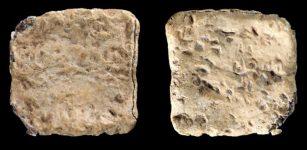 Rare ‘Cursed’ Tablet Predating The Dead Sea Scrolls Discovered On Mount Ebal Could Re-Write History – Scientists Say
Archaeology | Mar 25, 2022
Rare ‘Cursed’ Tablet Predating The Dead Sea Scrolls Discovered On Mount Ebal Could Re-Write History – Scientists Say
Archaeology | Mar 25, 2022 -
 Cats In The Middle Ages: What Medieval Manuscripts Teach Us About Our Ancestors’ Pets
Featured Stories | Dec 24, 2022
Cats In The Middle Ages: What Medieval Manuscripts Teach Us About Our Ancestors’ Pets
Featured Stories | Dec 24, 2022 -
 Fascinating Discovery – First Female Viking Grave Discovered In Swedish Mountains
Archaeology | Aug 20, 2022
Fascinating Discovery – First Female Viking Grave Discovered In Swedish Mountains
Archaeology | Aug 20, 2022 -
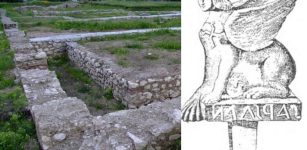 Mysterious Inscription On Naxian-Style Sphinx From Dacia Deciphered
Archaeology | Jan 15, 2024
Mysterious Inscription On Naxian-Style Sphinx From Dacia Deciphered
Archaeology | Jan 15, 2024 -
 Omphalos – Mysterious Ancient Sacred Object And Its Meaning
Artifacts | May 24, 2017
Omphalos – Mysterious Ancient Sacred Object And Its Meaning
Artifacts | May 24, 2017 -
 Archaeological Evidence Of Human Presence In America 250,000 Years Ago?
Featured Stories | Mar 5, 2024
Archaeological Evidence Of Human Presence In America 250,000 Years Ago?
Featured Stories | Mar 5, 2024 -
 Mysterious Kola Pyramids Built By An Unknown Lost Ancient Civilization Can Rewrite Ancient History
Civilizations | Aug 3, 2020
Mysterious Kola Pyramids Built By An Unknown Lost Ancient Civilization Can Rewrite Ancient History
Civilizations | Aug 3, 2020

